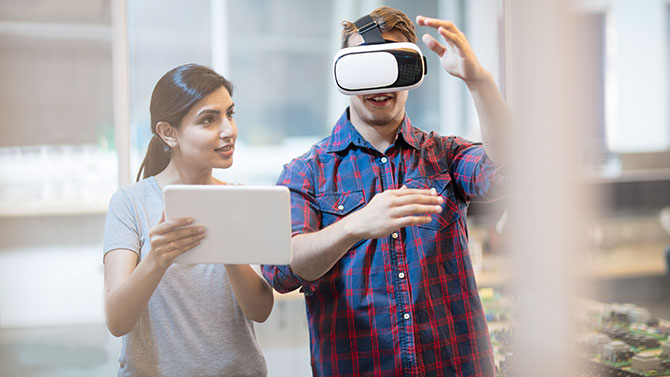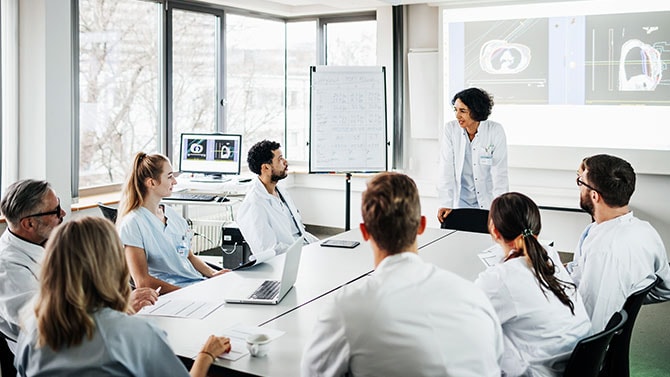How do you want to work in future?
The home office, using digital tools, and flexible working hours: these things, which became a necessity for many companies during the pandemic, have shown how much can change in a short time, and that less office space may be needed in the future. Fueled by the crisis, the way we work together in future will change permanently.
Our offices of the future will have to meet different requirements, look different and be used more creatively.

Advantages of transformation
Examples from our clients
Office space
40% reduction in real estate footprint
30% reduction in locations
Productivity
Average cost savings
50% reduction in internal travel costs
25% reduction in operating expenses
Employee well-being
Increased employee well-being
Successful transition to an "Office of the Future" is based on five pillars
Due to the crisis and the associated restrictions, new ways of working are becoming more essential than ever. Forward-looking work concepts bring numerous advantages for companies - both economically and culturally; for example, through significant cost savings due to reduced office space, increased employee productivity through adopting modern working methods, and the shift to a remote working model. These changes reduce stress and improve employee well-being - and these are just a few benefits, amongst many.
In order to successfully implement the “New Ways of Working” strategy in companies, the five pillars described below must be taken into account:

Strategy& Insights
Latest insights on industry trends and market developments
Contact us





